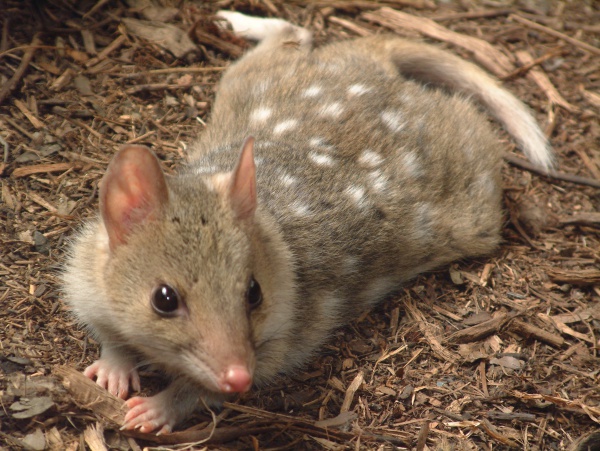Facts About Eastern quoll
The eastern quoll, also known as the eastern native cat, is a medium-sized carnivorous marsupial native to Australia, particularly thriving in Tasmania. Once believed to be extinct on the mainland since the 1960s, efforts have been made to reintroduce them. In 2016, they were reintroduced into fenced sanctuaries, and by March 2018, they were released into the wild. They are now one of six remaining species of quolls.
Belonging to the Dasyuridae family, the eastern quoll has the species name "viverrinus" which means "ferret-like." These quolls are approximately the size of a small domestic cat and are easily identifiable by their distinctive white spots on their fur. They have a diverse diet that includes insects, small mammals, birds, and reptiles, and they are known to scavenge for food. Eastern quolls are solitary and nocturnal, spending their days resting in burrows.
Their breeding season begins in early winter. After a gestation period of 19 to 24 days, females can give birth to up to twenty young, though only a few survive by attaching themselves to the mother's teats. The species faces several threats, including disease, predation by introduced species such as red foxes and feral cats, and unusual weather patterns.
Conservation efforts have been significant, with reintroductions of eastern quolls to mainland Australia, such as in the Mulligans Flat Woodland Sanctuary in Canberra in 2016. Further reintroductions in 2017 and 2018 aimed to establish stable populations in protected reserves on the mainland. Despite these efforts, the eastern quoll is still classified as Endangered by the IUCN due to ongoing threats and population declines.
